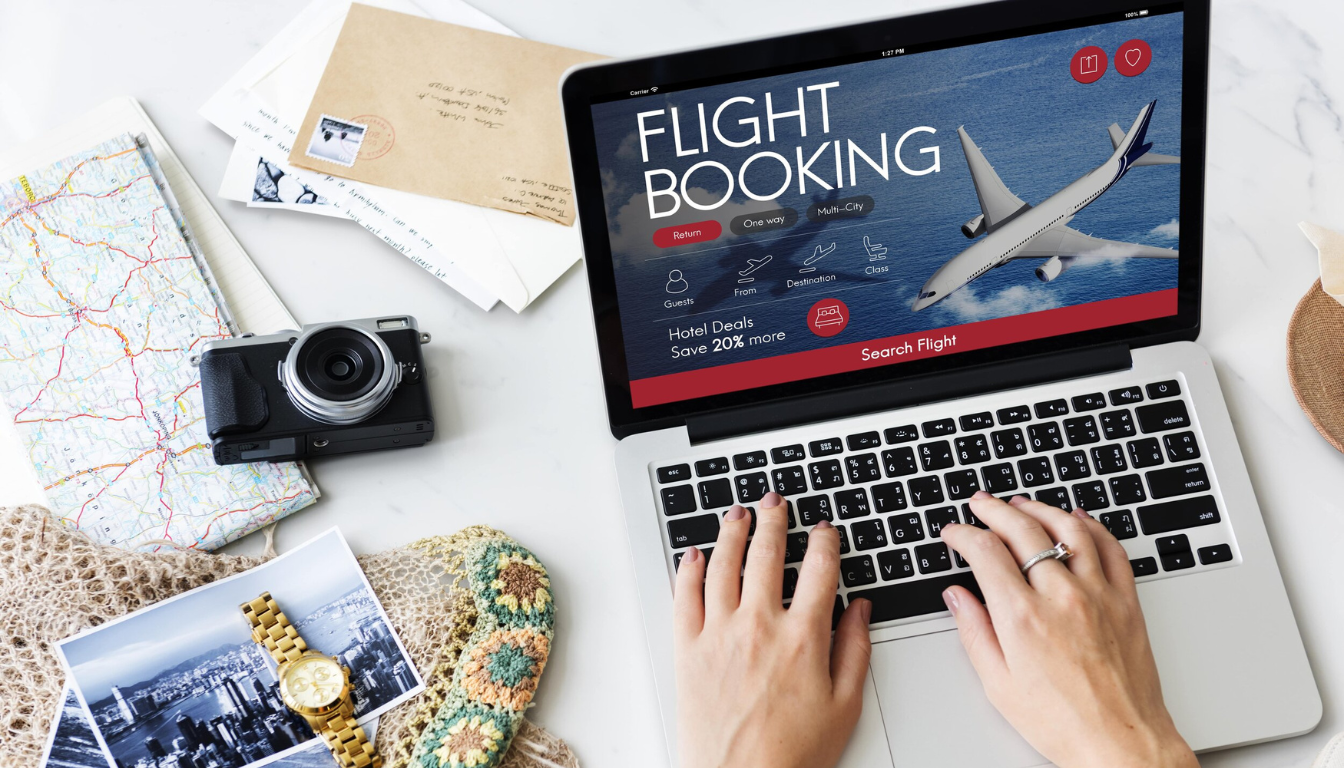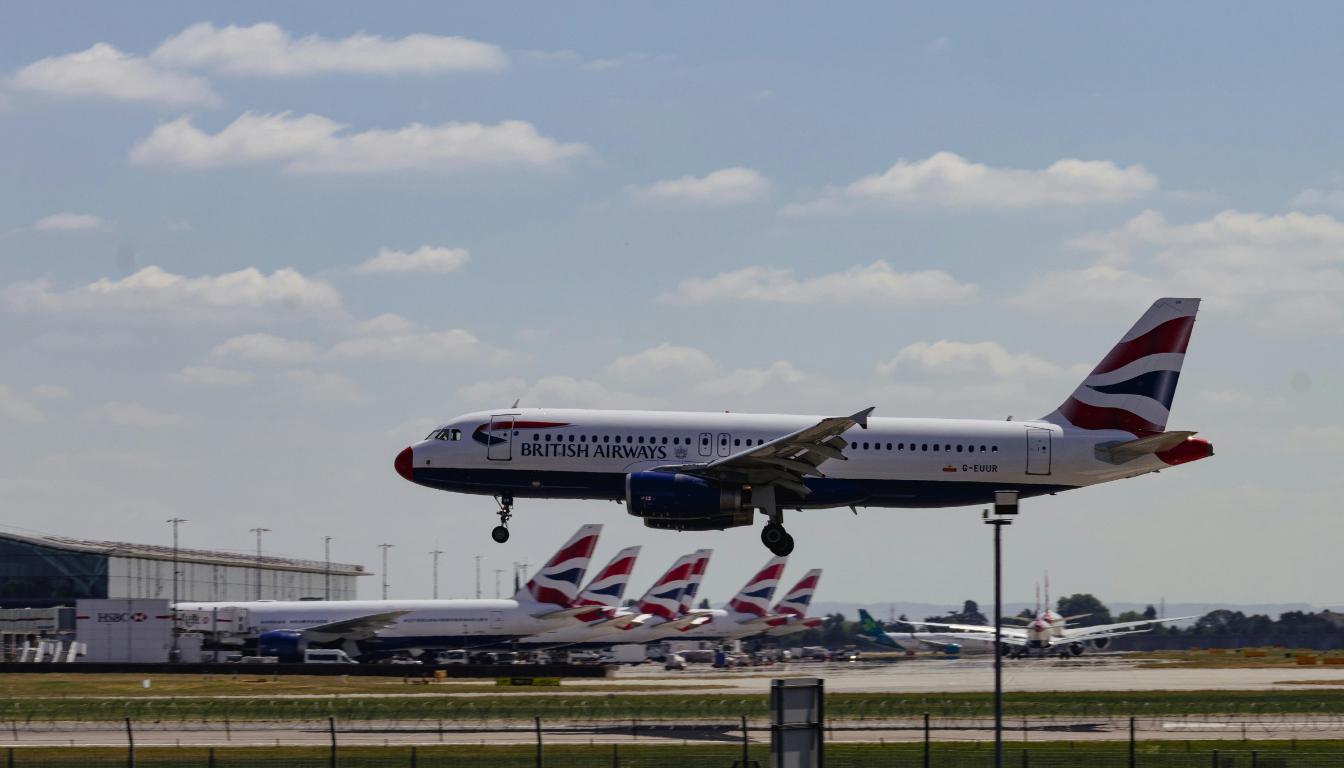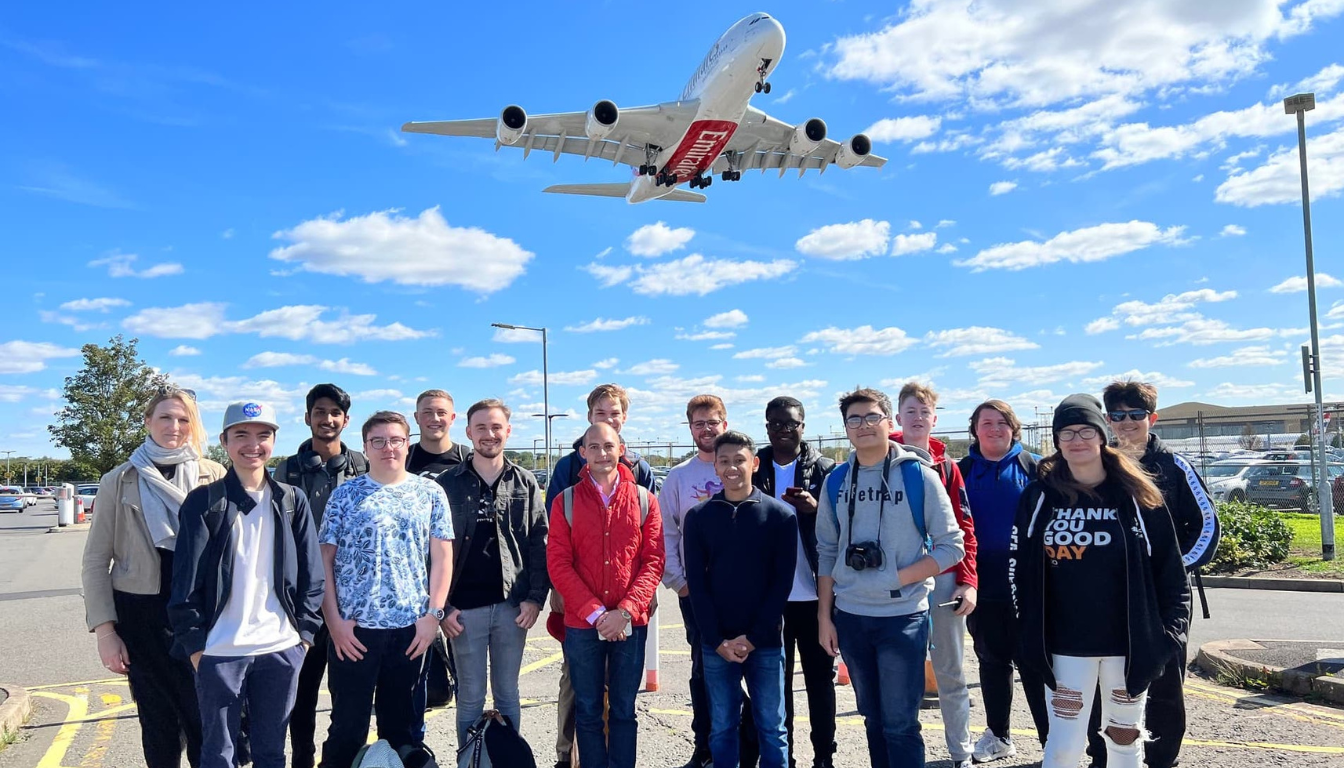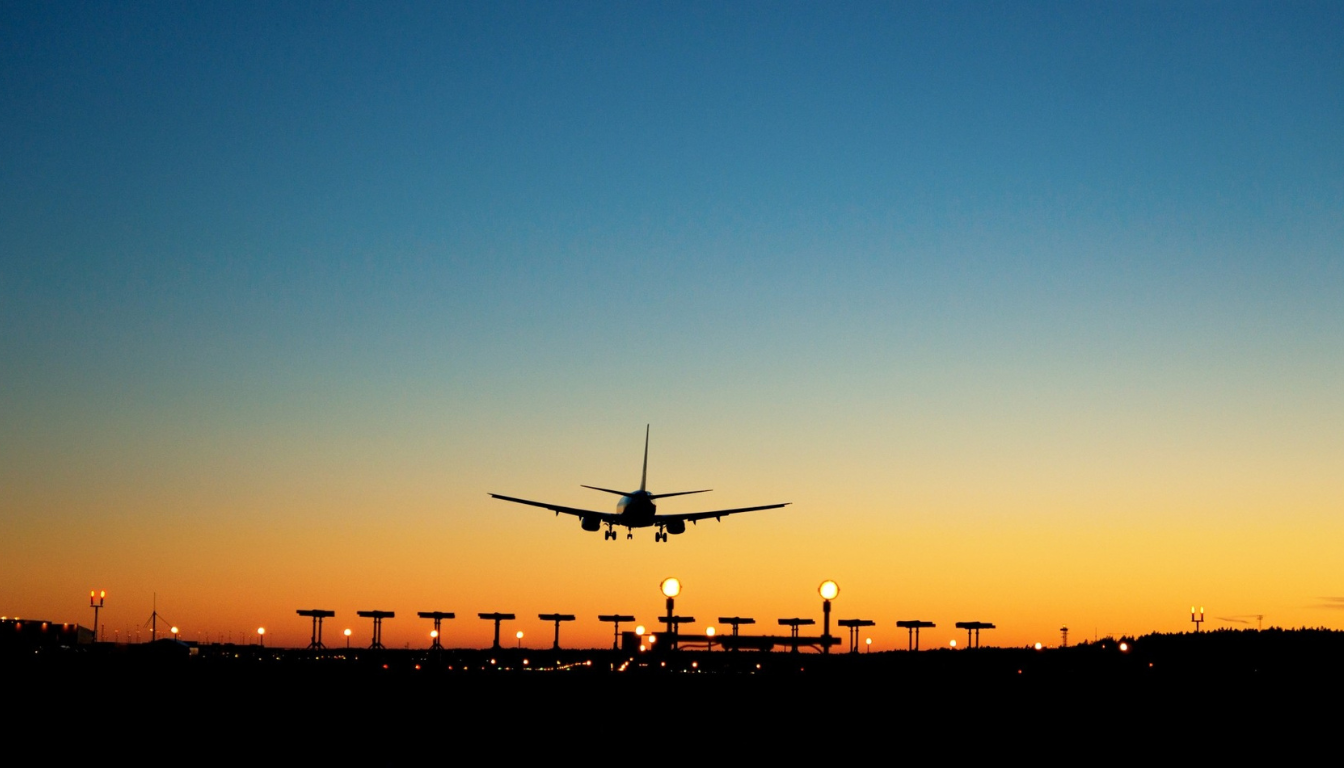How to Book Group Flights for Offsites, Retreats, and Work Travel

As a former Account Manager at Corporate Traveler USA, I've booked thousands of flights for my clients. I've learned a few things along the way that I hope Offsite clients, partners, and friends can learn from.
For example, domestic US flights are expensive per mile - I just searched for a flight from LAX to JFK and it would be $660. On the same travel days for about an extra $100 you could go to London, which seems crazy.
Either destination - flights are always a large budget item.
There aren't a lot of ways to control your flights costs - timing and advance booking are a few - but airlines aren't exactly a vendor that is ready to negotiate costs. The best approach often ends up being one of pragmatism.
Aiming for a smooth travel experience, and booking with best practices will often yield the best results.
Hopefully I can help you gain some understanding of the most important facets of booking flights for your next company offsite
Section 1: Understanding Group Bookings

When planning a company retreat or team offsite, booking group flights can be a game-changer. Group bookings, typically for 10 or more people on the same flight, offer several perks that can make your travel experience smoother and more cost-effective. These benefits often include discounted fares, priority check-in, and greater flexibility in travel arrangements.
There are different types of group bookings to consider:
- Guaranteed Fare Group Bookings: This option ensures that the entire group pays the same fare, regardless of the number of passengers. It’s a great way to lock in a predictable budget for your trip.
- Flexible Fare Group Bookings: If your travel dates or the number of passengers might change, this type of booking allows for adjustments. However, be aware that this flexibility might come with a higher fare.
- Deposit-Based Group Bookings: Some airlines require a deposit to secure your booking. Depending on the airline’s policy, this deposit can be refundable or non-refundable.
Keep in mind that group bookings often come with specific requirements, such as a minimum number of passengers, and may be subject to restrictions like limited availability or blackout dates. Understanding these nuances can help you make the most of your group travel plans and ensure a seamless experience for your entire group.
Section 1: Understanding the Best Time to Book Flights

You hear influencers say it all the time - “Tuesday at 10:38am, 44 ½ days, while the sun is in the 7th house is the best time to book your flights”. But it is much simpler than all of that. Airlines price their tickets by two different metrics. The easiest to understand is time, the other is availability.
In short, the more seats that are available for purchase on a flight, the cheaper the airline will sell them for.
For example if a plane has 150 seats, ticket sale #1 will be less costly than ticket #150. Thankfully airlines don't go ticket-by-ticket but rather they group them into “buckets”, called booking classes. Booking classes exist for each class of service, and you'll often find economy cabins have 10-15 tickets in each bucket. So, generally speaking, you'll find that the first 10 tickets on a flight are available for $100, the second bucket of 10 will be at $120 etc.
For the purpose of our timing explanation - let's pretend an airplane has only one seat, and only one customer - you! If you buy your ticket 90+ days in advance the airline will charge you $100. If you purchase 89-60 days in advance, your ticket will cost $120. If you buy that same ticket 59-30 days in advance, that ticket will be $140. The airline has these timing buckets that apply to each and every booking class, and they get more expensive the longer you wait.
Your final ticket price is a combination of these two factors.
So the flight starts at (for example) $100 and may increase based on time, and availability
All things being equal - book your flights as far in advance as you can! This will mean that you have advantageous pricing due to both time, and availability.
Section 2: Choosing the Right Airline for Corporate Travel

Have you ever heard “Love the one you’re with”? The right airline for you and your company is the one that has the best service for your travelers.
What I mean by this is not customer service, but rather flight schedules. Each major airline has a few hub airports across the US. These hubs are essentially a center of operations for the airline, where they will operate many flights each day. When you have a layover, generally speaking it is because you are connecting through an airline’s hub.
The best thing you can do when having your travelers select flights, is to encourage them to reduce connections.
Direct flights inherently reduce things like missed connections, lost luggage, and help minimize delays. If you have a traveler that is based near a hub for United - let them fly United. If they are near an American hub - let them fly American. United Airlines also offers distinct fares and benefits for group bookings, making it a viable option for corporate travel.
Obviously you can weigh cost and travel times - sometimes it is less expensive to fly a 1-stop itinerary - but often a direct flight will be a similar cost, save your traveler a few hours or travel time, and reduce the risk of travel issues.
Section 3: Group Bookings vs. Individual Bookings
When it comes to large events, people often wonder if they should book group travel by contacting an airline for a group booking. Unless you have 50+ travelers that will be on the exact same flight, it is not worth it. Group contracts can offer additional benefits and protections, such as guaranteed space and flexibility, which are crucial for large groups.
You’re much better off working with a travel agency that can ensure your travelers are maximizing your ability to book travelers in each booking class - as we spoke about above.
Offsite has valued partners for flight bookings, travel visas, and more. Once you make a free account with us and start planning your next offsite, we can happily introduce you to these partners so you can access additional savings, VIP treatment, and more through our curated marketplace.
Section 4: Maximizing Rewards and Loyalty Programs

Depending on how much your company flies to meet with clients etc. exploring an airline partnership may be worth it. As we mentioned earlier, you may run into an issue locking your company into only using one airline as they may not be a hub city for a certain number of your employees. You will also have certain production requirements with that airline, meaning a certain number of flights within a year, or amount spent. Overall an airline partnership is only worth it for larger companies and often comes with its own set of challenges.
Partnering with a larger travel company often yields better results, as they can negotiate larger contracts with multiple airlines, and pass those savings to you. Group reservations and group tickets can also help in maximizing rewards and loyalty benefits, making it easier to manage large-scale travel. You also avoid worrying about any sort of production minimums.
Although you may not see the maximum possible savings by going this route, it tends to be a more beneficial arrangement, allowing you to realize some savings while avoiding any potential contracting concerns.
Section 5: Practical Considerations and Travel Policies
You need to lighten up! But also, be more strict!
As your travel policy decision-maker, you need to understand that maintaining travel expenses is a constantly moving target.
Companies that book last-minute will always pay more for travel than a company that consistently books 90+ days in advance. But the 90+ day company will probably incur more fees for changes, etc. - it’s a constant balancing act and you’ll always need to weigh the benefits. Gathering preferred departure dates from group members can help streamline the booking process and optimize costs.
For an Offsite event, the answer is almost always yes - if you’re doing it right. Flying your entire company to a 1-day retreat could be worth it if you want to reward the team with a day of fun, but not so much if you’re going to sit in a conference room the whole time. (That’s what Zoom is for).
A week-long trip might make more sense if you’re going to foster some excellent team building and get some serious collaboration time that drives revenue.
No matter the event you will always need to do a cost benefit analysis.
When it comes to travel policies, the best thing you can do is allow yourself to be flexible. For a given destination one flight will inevitably cost more than another. But setting a policy in place that has no flexibility will just cost your company time in the long run when your traveler has to get 3x approvals to book a flight that is the most reasonable for their circumstance.
The takeaway? Set guidelines, but trust your instincts and trust your people. Group members can influence the cost of group airfare, and booking as a group can secure lower rates compared to individual bookings.
Section 7: Understanding Group Flight Pricing

Navigating the world of group flight pricing can be a bit complex, but understanding the key factors can help you secure the best deal for your team. Group flight pricing varies based on several elements, including the size of your group, the route, travel dates, and the airline you choose.
Here are some crucial factors that influence group flight pricing:
- Group Size: Generally, the larger your group, the more likely you are to receive a discounted fare. Airlines often offer better rates for bigger groups.
- Route and Travel Dates: Prices can fluctuate significantly depending on your destination and the time of year you’re traveling. Peak travel times usually come with higher fares.
- Airline: Different airlines have different pricing structures for group bookings. It’s worth comparing options across multiple airlines to find the best deal.
- Flexibility: Being flexible with your travel dates and times can often lead to better prices. If your schedule allows, consider traveling during off-peak times.
Additionally, be mindful of various fees that can impact your overall cost, such as booking fees, change fees, and cancellation fees. These can add up quickly, so it’s essential to factor them into your budget.
To get the best price for your group flight, consider these tips:
- Book in Advance: The earlier you book, the more likely you are to secure a discounted fare.
- Be Flexible: Flexibility with your travel dates and times can help you find better deals.
- Compare Prices: Don’t settle for the first quote you get. Compare prices across multiple airlines to ensure you’re getting the best rate.
- Use a Travel Agent: A travel agent specializing in group travel can help you navigate the complexities of group flight pricing and find the best deal for your group.
Section 8: Safety and Comfort

When booking a group flight, ensuring the safety and comfort of your team is paramount. Here are some key factors to consider to make sure your group has a pleasant and secure journey:
- Safety Record: Research the airline’s safety record to ensure they have a strong reputation for safety. This information is often available through aviation safety databases and customer reviews.
- Aircraft Type: The type of aircraft can impact both safety and comfort. Make sure the aircraft meets your group’s safety standards and offers a comfortable travel experience.
- Seating Arrangements: Consider the seating configuration and ensure it meets your group’s comfort needs. Extra legroom and the ability to sit together can make a big difference on longer flights.
- Amenities: Look into the amenities offered by the airline, such as in-flight meals, entertainment options, and Wi-Fi. These can enhance the travel experience for your group.
Some airlines offer additional features that can further enhance safety and comfort:
- Priority Boarding: This allows your group to board the plane before other passengers, ensuring you can settle in quickly and comfortably.
- Extra Legroom: More legroom can significantly improve comfort, especially on long-haul flights.
- Special Meal Options: If your group has specific dietary needs, check if the airline offers meal options that cater to those requirements.
To ensure your group’s safety and comfort needs are met, it’s recommended to:
- Research the Airline: Look into the airline’s safety record and comfort features.
- Read Reviews: Check reviews from other passengers to get an idea of the airline’s standards.
- Ask Questions: Don’t hesitate to ask the airline about their safety and comfort features to ensure they align with your group’s needs.
By prioritizing these factors, you can ensure a safe and comfortable journey for your entire group, making your company retreat or team offsite a success.
Conclusion
If you only take away a few things from this article:
- Book in advance
- Book the simplest travel plans for your team and you'll avoid travel hassles (think Occam's Razor meets Murphy's Law)
- Set guidelines for company travel, but be flexible
- Consider partnering with a travel agency - they exist for a reason and work way better for corporate travel than individual trips nowadays
- Work with partners that are experienced in the space. I buy my cars from Toyota (rather than try to build them myself) because they've done it about 300 million times before.
For vetted partners regarding all things Offsite planning, flight booking, travel visas, on-the-ground transportation, and more, make a free account today at offsite.com.
FAQs
You may also like
Unique spaces for your next offsite
Find distinctive venues for your upcoming corporate retreat.
Stay Updated with Our Insights
Get exclusive content and valuable updates directly to you.







